Quick answer
Key Takeaways
- Save time by automating territory design and realignment
- Balance rep workloads to keep your team motivated and productive
- Spot gaps and overlaps instantly with clear, interactive maps
- Boost field efficiency with more intelligent routing and better coverage
- Adjust quickly as your team grows or market conditions shift
- Give your reps the structure they need to sell more and stay motivated longer
Sales growth doesn't just come down to hustle; it comes down to having the right structure and using your resources wisely. Poorly aligned territories waste time, drain morale, and leave money on the table. This guide explains how sales territory mapping software helps teams scale smarter by aligning resources with opportunities.
What is Sales Territory Mapping Software?
Territory management is an ongoing process that sales managers undertake to organize and refine their sales territories. A vital component of effective territory management is business mapping software for sales. It helps with territory design and realignment by using data to reflect rep capacity, customer spread, and expansion potential.
8 Key Benefits of Territory
Mapping Software
Territory alignment software positions your sales teams for success. The key features of mapping software help organizations scale efficiently, such as data visualizations, automation, and routing tools. Businesses using sales territory alignment software experience a host of benefits like:
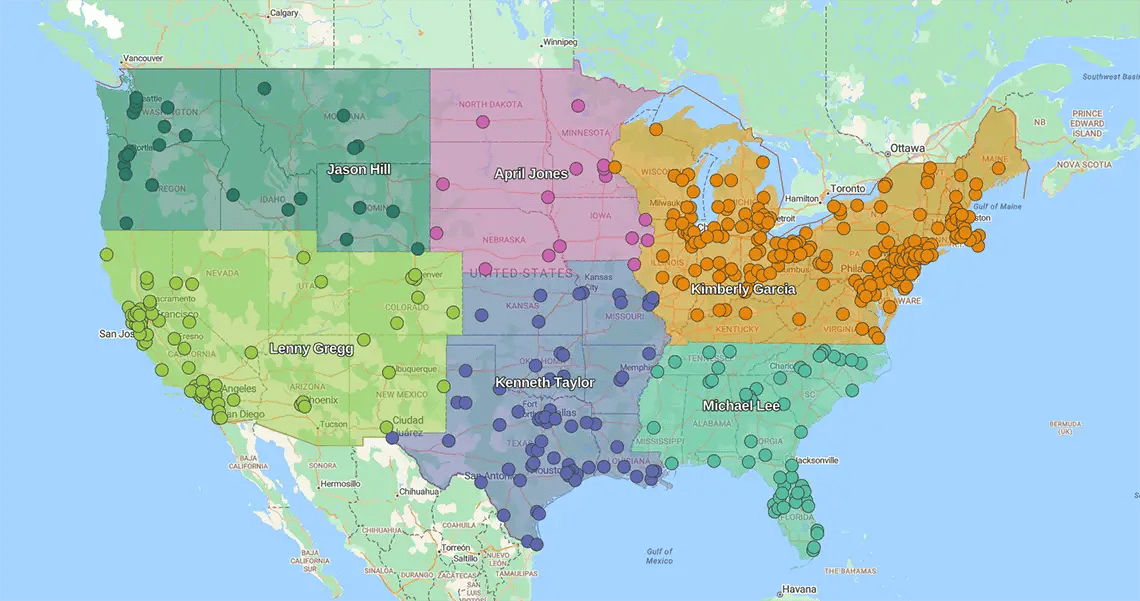
1. Automated Territory Design & Alignment
Territory alignment software automates the design and realignment of territories using data-driven intelligence. It reduces the manual burden on managers and prevents your reps from being over or under-utilized. With faster results and fewer missteps up for grabs, it's crucial to compare territory mapping software pricing to ensure you're getting the right value.
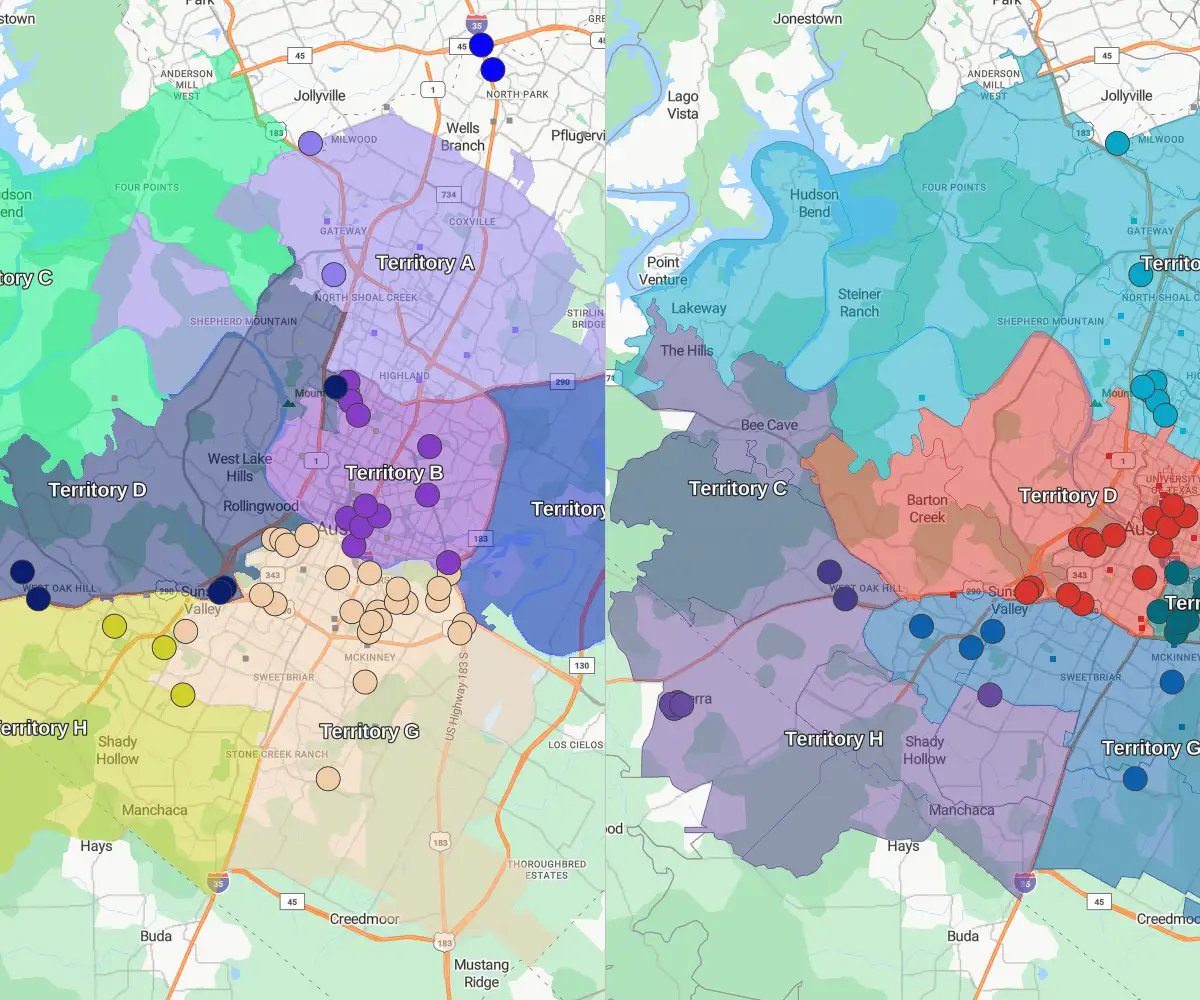
2. Balanced Workloads & Increased Revenue
Territory mapping software helps balance territories, ensuring reps have manageable workloads, higher morale, and better performance. Incorporating sales territory planning software in your workflow reduces burnout, encourages accountability, and maximizes revenue potential. Organizations that optimize workloads boost sales performance.
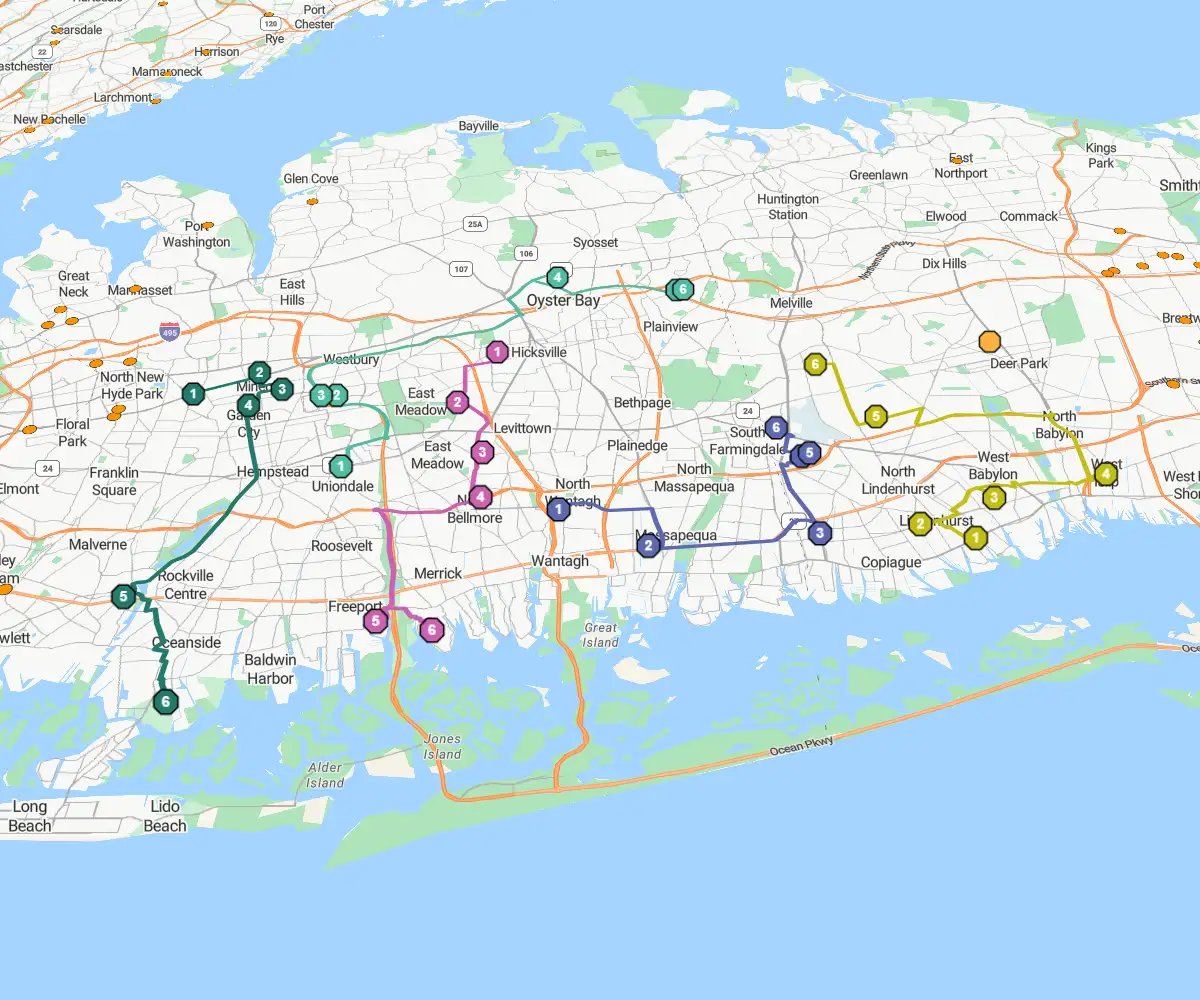
3. Route Optimization & Enhanced Field Efficiency
Top-tier sales territory design software often includes built-in route optimization. It saves reps time on the road which means more meetings per day. The improved frequency of customer contact also results in better field efficiency and service delivery.

4. Data-driven Insights & Advanced Visualization
Sales territory alignment software turns raw geographic data into interactive visuals that are not only engaging but also highlight performance gaps and territory inefficiencies. Visual dashboards enable real-time decision-making based on live data, not gut feeling and assumptions. When led by facts, leadership can align strategy with actual sales behavior for greater impact.

5. Improved Sales Productivity & Coverage
Sales teams that leverage sales territory alignment software spend more time selling. That's because more administrative or repetitive tasks can be addressed more efficiently without their input. The freed-up capacity results in improved overall coverage, reduced gaps in service, a healthier pipeline, and faster deal velocity.
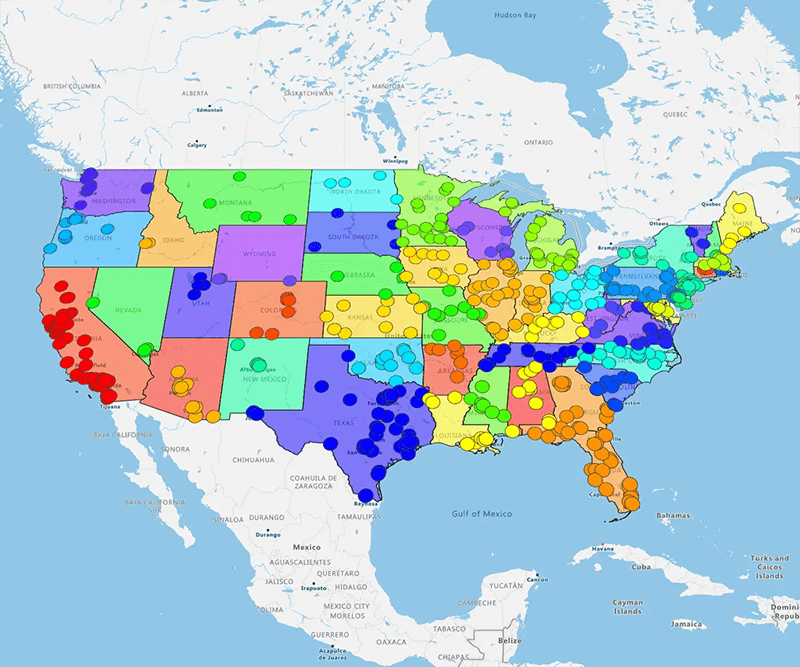
6. Flexibility & Scalability in Territory Management
Markets shift—your territory plan should too. With the right territory alignment software, you can pivot easily to expand, adjust, or consolidate territories. The ability to scale solutions is a competitive advantage because it lets businesses of all sizes stay agile in changing conditions.

7. Enhanced Collaboration & Team Communication
Sales territory planning software promotes collaboration and cohesion because teams can access the same information simultaneously. This shared view of aligned territories helps eliminate confusion and reduce internal friction or overlaps between reps. Clear communication is a pillar of performance that leads to better execution.
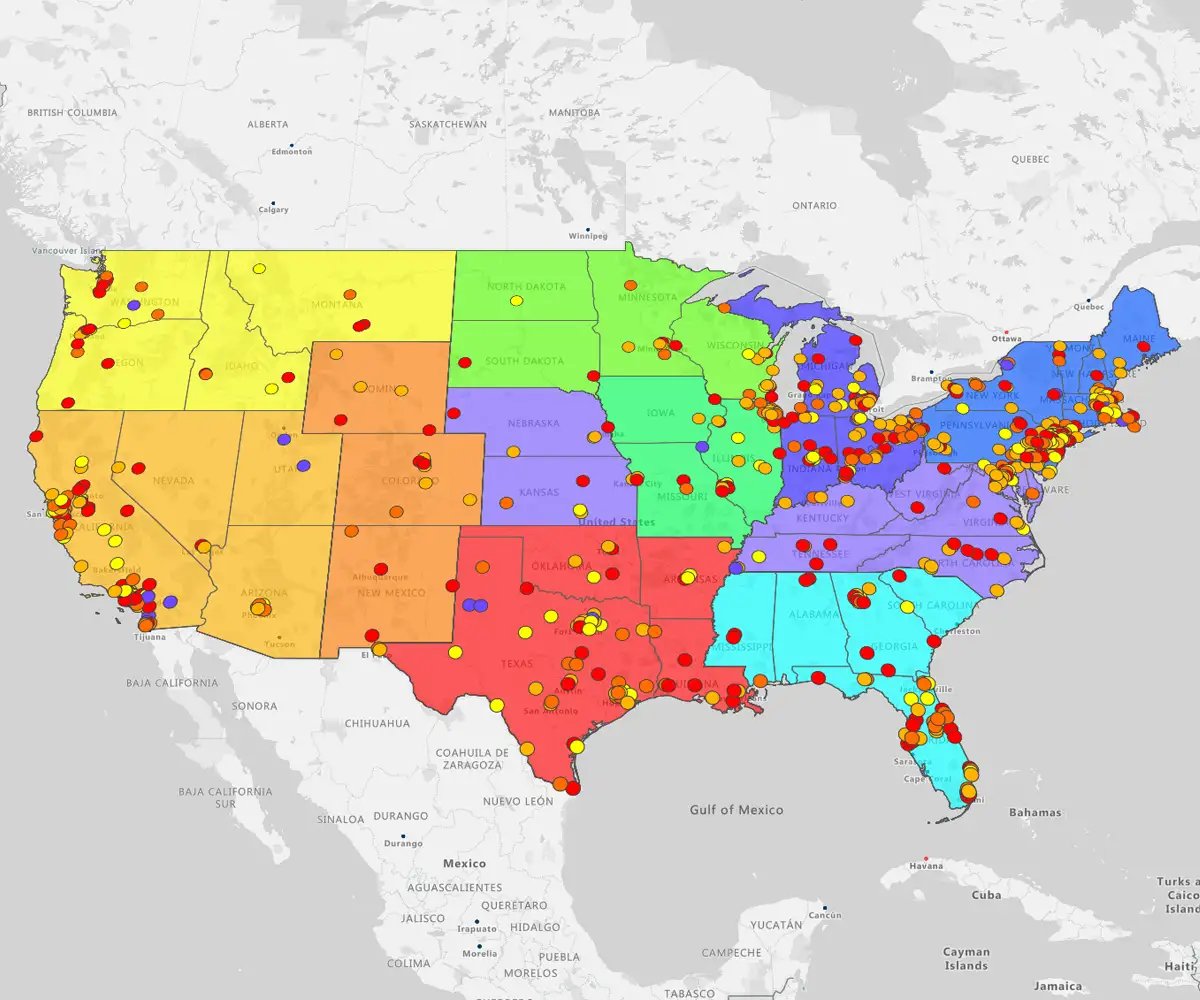
8. Better Customer Coverage & Retention
Well-mapped territories ensure no customer is overlooked, and transitionary periods happen hassle-free when changes occur. This kind of precision coverage reinforces relationships, drives loyalty, and ensures retention. Sales territory alignment software is a powerful tool for providing clients with consistent, high-quality engagement.
5 Important Statistics
About Territory Mapping
It's time to examine how proven account mapping strategies help managers overcome some of the most common hurdles they will likely encounter. We've gathered five noteworthy stats that give us a realistic glimpse of the everyday challenges of sales managers and their teams. Read on to understand why so many advocate for effective territory mapping.
Statistic 1
18% Sales Turnover Rate
According to Salesforce's State of Sales report, sales teams report an 18% average staff turnover over the last 12 months.
Poorly managed and unevenly distributed territories often contribute to this problem, leaving sales reps overworked or underused. Sales territory alignment software helps ensure that resources and opportunities are aligned and changes can be made quickly.
Statistic 2
End-of-quarter Sales Rush
Sales data analysis by Gong.io, a sales optimization software provider, found that calls among the bottom 80% of salespeople skyrocketed during the third month of the quarter. With sales territory alignment software, resources can be allocated based on data-driven insights. The steady stream of leads can help avoid situations where sales reps scramble to beat the buzzer each quarter.
Statistic 3
Poor Territory Management = 18% Lower Quotas
Gartner noted that 58% of sales managers said they had difficulty completing their work, while 52% said it was imperative to "work around organizational process." But that leads to an 18% reduction in sales performance. Mapping software and territory alignment tools reduce the time managers devote to burdensome processes and administrative tasks, freeing them up for high-performance sales leadership.
Statistic 4
Sales Reps Spend 30% Selling
Salesforce's State of Sales report highlights that reps spend only 30% of their time selling during an average week. The rest is spent on nonselling tasks and ‘busywork’ which stems from outdated systems and poor territory management.
With enhanced territory optimization, reps have more time to dedicate to what they do best: speaking to prospects and closing deals.
Statistic 5
Automation Boosts Sales by 20%
Here's the kicker: sales are actually better for organizations that leverage automated solutions for territory planning and alignment. Research conducted by SMA found that organizations achieve 20% higher sales performance with territory planning technology. Finding the right software to build a responsive, data-driven plan for new and existing territories could unlock the potential in your sales team.
Turn Mapping Insights Into Sales Growth
When businesses leverage sales territory alignment software, they see improvements like:
- Reduced administrative burden
- Empowered sales reps and lower turnover
- Data-backed insights that aid sales performance
- Improve customer experience
- Shorter sales cycle and fewer missed opportunities
By aligning sales territories as part of a data-driven sales plan, territory management software creates pathways for companies to retain existing customers and win new business. Sales leaders who adopt automation and align territories around clean processes can also reduce admin. Follow our tips for building a sales strategy to get more reps selling.
eSpatial is available for a free 7-day trial, or you can contact us to learn more about the benefits of sales territory alignment software.


